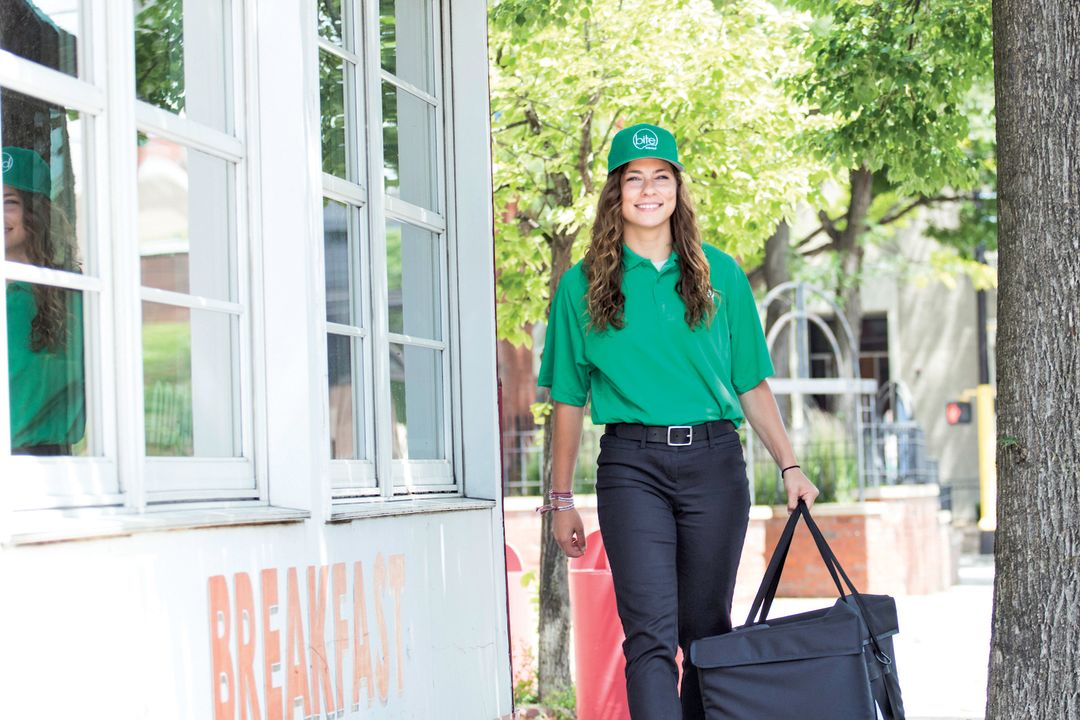How Food Delivery Apps Are Changing the Economics of the Restaurant Business

A Bite Squad driver
Image: Courtesy Photo
Like many restaurant owners, Paul Mattison was skeptical when restaurant delivery apps like Bite Squad, Grubhub and Uber Eats came along. Handing orders over to strangers and trusting that the food will arrive at the customer’s home in optimal condition is a leap of faith. Mattison was also concerned that offering delivery would cut into the number of people coming into his three restaurants: Mattison’s City Grille and Mattison’s Forty-One in Sarasota and Mattison’s Riverwalk Grille in Bradenton. “I was reluctant to do it for a long time,” he says.
Eventually, though, Mattison became a believer, and today his restaurants all work with Uber Eats and Bite Squad, which moved into the greater Sarasota market in 2017 when it bought out local Ashley’s Food Delivery and Doorstep Delivery. Mattison says the companies convinced him they were dedicated to maintaining the quality of his food by putting limitations on the time deliveries take, and he’s come to realize that when customers are looking for a meal delivery, they’ve already made the decision to stay in for the night. Orders through the apps aren’t cutting into his restaurant sales. Mattison’s restaurants sold 1,668 meals through delivery apps last year at an average of $22 per order. Those numbers are up, so far, in 2019.
Bite Squad, the largest local delivery company, makes money in two ways: by charging $3-$5 delivery fees to the customer and through a “take rate,” a portion of the price of a dish that comes out of the restaurant’s bottom line. Bite Squad doesn’t publish its take rate, but the industry average is 15-30 percent, and Bite Squad head of growth Craig Key says the company’s number is within that range. “It’s significant,” Mattison says, “but it’s a sale you’re not going to have otherwise.”
When Bite Squad bought Ashley’s, the service offered delivery from 40-50 restaurants. Today, Bite Squad works with more than 170 area restaurants. Overall, Waitr, Bite Squad’s parent company, earned $48 million in revenue in the first quarter of this year, up 287 percent over 2018, and food sales totaled $170.4 million, most of which flows to restaurants, not Waitr. The company operates in 29 states and roughly 700 cities.
The country’s largest cities—New York, Chicago, L.A.—have had competing food delivery services for decades. Key says Bite Squad grows by focusing on “the Main Street economy,” working with independent restaurants in second-tier cities that have strong food scenes, like Sarasota’s. He estimates that Waitr and Bite Squad will enter another 100 markets by the end of this year. “It’s an amazing time to be in this business,” he says.


